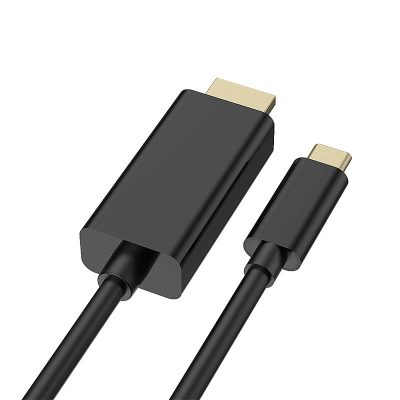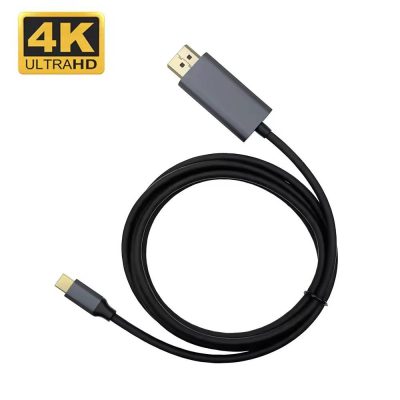Troubleshooting Common Issues with USB C to HDMI Cables
USB C to HDMI cables are designed to simplify the connection between your devices and displays. However, you might encounter some issues. Here’s a guide to help you troubleshoot common problems and ensure a smooth connection.
1. No Signal on the Display
Possible Causes:
- Loose Connections: The cable might not be securely connected to either the USB-C port or the HDMI port.
- Incorrect Input Source: The display might not be set to the correct HDMI input source.
- Cable or Port Issues: The cable or one of the ports might be defective.
Solutions:
- Check Connections: Ensure both ends of the cable are firmly connected.
- Select the Correct Input: Use the display’s remote or menu to select the correct HDMI input.
- Test with Another Cable: Try using a different USB C to HDMI cable to see if the issue persists.
2. Flickering or Interference
Possible Causes:
- Cable Quality: Low-quality or damaged cables can cause signal interference or flickering.
- Cable Length: Long cables may experience signal degradation.
Solutions:
- Use a High-Quality Cable: Invest in a well-made cable with good shielding and materials.
- Shorten the Cable Length: If possible, use a shorter cable to reduce potential signal issues.
3. No Audio Output
Possible Causes:
- Audio Settings: The device might not be set to output audio through HDMI.
- Cable Compatibility: Not all cables support audio transmission.
Solutions:
- Check Audio Settings: Ensure the audio output is set to HDMI on your device. On Windows, go to Sound Settings; on macOS, check the Sound Preferences.
- Verify Cable Specifications: Make sure the cable supports audio transmission. Most modern cables do, but it’s worth confirming.
4. Resolution or Display Quality Issues
Possible Causes:
- Resolution Mismatch: The device and display might be set to different resolutions or refresh rates.
- Cable Limitations: The cable might not support the resolution or refresh rate of your display.
Solutions:
- Adjust Display Settings: Set the resolution and refresh rate on your device to match the capabilities of your display. On Windows, go to Display Settings; on macOS, check Displays Preferences.
- Verify Cable Specifications: Ensure the cable supports the desired resolution (e.g., 4K at 60Hz).
5. Device Not Recognizing the Cable
Possible Causes:
- Device Compatibility: The USB-C port might not support video output (Alt Mode).
- Cable Issues: The cable might be defective or not fully compatible with your device.
Solutions:
- Check Device Specifications: Confirm that your device’s USB-C port supports video output.
- Try a Different Cable: Test with another USB C to HDMI cable to determine if the issue is with the cable.
6. Cable Getting Hot
Possible Causes:
- Cable Quality: Poorly made cables may overheat during use.
- Extended Use: Prolonged use of the cable might cause it to become warm.
Solutions:
- Use a Quality Cable: Invest in a well-made, high-quality cable that can handle heat better.
- Ensure Proper Ventilation: Make sure the cable is not tightly bent or crammed in a confined space.
7. Device Overheating
Possible Causes:
- Incompatible Cable: Some cables might cause excessive strain on your device’s port.
- Power Draw: High-power cables might draw more power than your device can comfortably handle.
Solutions:
- Use a Certified Cable: Ensure the cable is from a reputable manufacturer and is compatible with your device.
- Disconnect When Not in Use: Remove the cable when it’s not needed to prevent unnecessary power draw and heat buildup.
Conclusion
Troubleshooting USB C to HDMI cable issues involves checking connections, verifying cable quality, adjusting settings, and ensuring compatibility. By addressing these common problems, you can ensure a reliable and high-quality connection between your devices and displays. If issues persist despite these troubleshooting steps, it may be necessary to consult the cable manufacturer or seek professional assistance.







